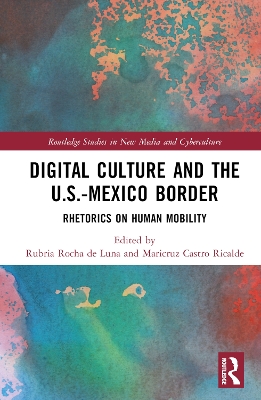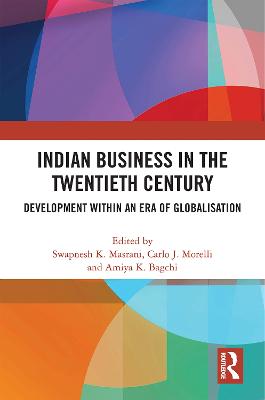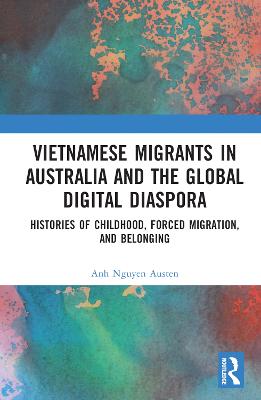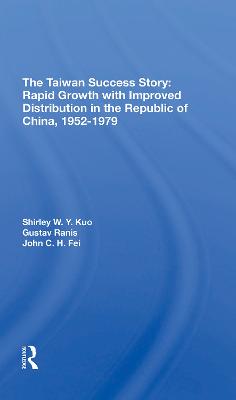China's Provinces and the Belt and Road Initiative
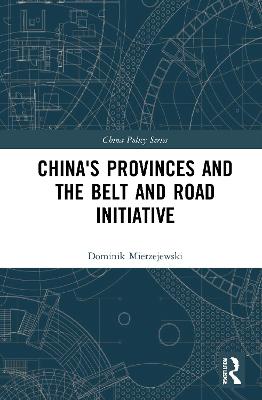 portes grátis
portes grátis
China's Provinces and the Belt and Road Initiative
Mierzejewski, Dominik
Taylor & Francis Ltd
09/2022
238
Mole
Inglês
9780367654900
15 a 20 dias
640
Descrição não disponível.
Acknowledgements Abbreviations list List of illustrations Introduction Chap 1 Understanding the Belt and Road Initiative through central-local perspectives 1.1. The BRI: between decentralization, horizontal competition and centralization nexus 1.2. Foreign policy, paradiplomacy and the Belt and Road Initiative 1.3. Domestication of the Belt and Road Initiative and provincial level governments Chap 2 The bridgeheads' actions under the BRI: Heilongjiang and Yunnan case studies 2.1. Bridgeheads, middle ground and cross border governance within the Belt and Road Initiative 2.1.1. Defining middle ground, bridgeheads and peripheral diplomacy 2.1.2. Cross border governance: a theoretical understanding 2.1.3. Border areas and cooperation within the Chinese context 2.2. Heilongjiang: opening the North-East "old industrial" basis? 2.2.1. Local government and NDRC adoption of the BRI 2.2.2. Heilongjiang's trade, investments, politics and biases 2.2.3. Heihe: the dilemmas of the cross-border cooperation 2.3. Managing Southwest China and cross-border governance in Yunnan province 2.3.1. Local government's perspectives on the Belt and Road Initiative 2.3.2. Yunnan's actions: money, perceptions and politics 2.3.3. Managing turbulent areas: cross-border governance in Ruili Chap 3 Sichuan and Chongqing: internal integration, Eurasian land bridge and foreign policy 3.1. Opening the landlocked: ways for western China development 3.1.1. The dilemmas of development in landlocked areas 3.1.2. Historical continuations and Open Up the West policy 3.1.3. Bringing the east and the west together: the YREB and the BRI 3.2. The most active BRI "player": Sichuan province 3.2.1. Sichuan discussing and planning its role in the Belt and Road Initiative 3.2.2. The international markets and politics in the Sichuanese "paradiplomacy" 3.2.3. Practicing local railway diplomacy: the district of Qingbaijiang 3.3. Chongqing's close relations with the centre and its international activities 3.3.1. The Chongqing municipal's perspective regarding the Belt and Road Initiative 3.3.2. Export markets, new technologies, capital rising and party-to-party relations 3.3.3. Developing the west through rail freight and Lianjiang New District Chap 4 Guangdong and Hainan: urbanization, maritime economies and strategic encounters under the Maritime Silk Road 4.1. The further opening up of opened areas: southern China and the Maritime Silk Road 4.1.1. Southern China and the 21st Century Maritime Silk Road 4.1.2. Urbanization and integration projects in the Greater Bay Area 4.1.3. The maritime economy and provinces' sea border management 4.2. The Southern Gateway: the self-made Cantonese Belt and Road Initiative 4.2.1. Does the BRI matter? Guangdong's responses to official policy 4.2.2. International markets, provincial lobbying and high-tech gateway 4.2.3. City multilateralism and market securitization: Guangzhou goes global 4.3 Hainan: an auxiliary player in China's foreign policy? 4.3.1. Hainan serves China's foreign policy: understanding the BRI in Haikou 4.3.2. Economic integration and limited international political outreach 4.3.3. Extension of Beijing's bureaucratic cycles: Hainan and the South China Sea policy Conclusions Index
Este título pertence ao(s) assunto(s) indicados(s). Para ver outros títulos clique no assunto desejado.
Central Government;China's provinces;Horizontal Competition;Chinese foreign policy;BRI Project;China's economy;Road Initiative;China's BRI;Chen Miner;Cultural revolution;China Mongolia Russia Economic Corridor;Provincial Level Governments;Maritime Silk Road;Zheng Yongnian;Silk Road Economic Belt Initiative;St Century Maritime Silk Road;Yangtze River;China's Peripheral Diplomacy;Chinese Government;Sino Myanmar Border;Economic Corridor;Border Economic Cooperation Zone;Mao Zedong;Cross-border Governance;China's Foreign Policy;Landlocked Areas;Maritime Militia;International Monetary Fund;Cross-border Economic Cooperation;EU China Relation
Acknowledgements Abbreviations list List of illustrations Introduction Chap 1 Understanding the Belt and Road Initiative through central-local perspectives 1.1. The BRI: between decentralization, horizontal competition and centralization nexus 1.2. Foreign policy, paradiplomacy and the Belt and Road Initiative 1.3. Domestication of the Belt and Road Initiative and provincial level governments Chap 2 The bridgeheads' actions under the BRI: Heilongjiang and Yunnan case studies 2.1. Bridgeheads, middle ground and cross border governance within the Belt and Road Initiative 2.1.1. Defining middle ground, bridgeheads and peripheral diplomacy 2.1.2. Cross border governance: a theoretical understanding 2.1.3. Border areas and cooperation within the Chinese context 2.2. Heilongjiang: opening the North-East "old industrial" basis? 2.2.1. Local government and NDRC adoption of the BRI 2.2.2. Heilongjiang's trade, investments, politics and biases 2.2.3. Heihe: the dilemmas of the cross-border cooperation 2.3. Managing Southwest China and cross-border governance in Yunnan province 2.3.1. Local government's perspectives on the Belt and Road Initiative 2.3.2. Yunnan's actions: money, perceptions and politics 2.3.3. Managing turbulent areas: cross-border governance in Ruili Chap 3 Sichuan and Chongqing: internal integration, Eurasian land bridge and foreign policy 3.1. Opening the landlocked: ways for western China development 3.1.1. The dilemmas of development in landlocked areas 3.1.2. Historical continuations and Open Up the West policy 3.1.3. Bringing the east and the west together: the YREB and the BRI 3.2. The most active BRI "player": Sichuan province 3.2.1. Sichuan discussing and planning its role in the Belt and Road Initiative 3.2.2. The international markets and politics in the Sichuanese "paradiplomacy" 3.2.3. Practicing local railway diplomacy: the district of Qingbaijiang 3.3. Chongqing's close relations with the centre and its international activities 3.3.1. The Chongqing municipal's perspective regarding the Belt and Road Initiative 3.3.2. Export markets, new technologies, capital rising and party-to-party relations 3.3.3. Developing the west through rail freight and Lianjiang New District Chap 4 Guangdong and Hainan: urbanization, maritime economies and strategic encounters under the Maritime Silk Road 4.1. The further opening up of opened areas: southern China and the Maritime Silk Road 4.1.1. Southern China and the 21st Century Maritime Silk Road 4.1.2. Urbanization and integration projects in the Greater Bay Area 4.1.3. The maritime economy and provinces' sea border management 4.2. The Southern Gateway: the self-made Cantonese Belt and Road Initiative 4.2.1. Does the BRI matter? Guangdong's responses to official policy 4.2.2. International markets, provincial lobbying and high-tech gateway 4.2.3. City multilateralism and market securitization: Guangzhou goes global 4.3 Hainan: an auxiliary player in China's foreign policy? 4.3.1. Hainan serves China's foreign policy: understanding the BRI in Haikou 4.3.2. Economic integration and limited international political outreach 4.3.3. Extension of Beijing's bureaucratic cycles: Hainan and the South China Sea policy Conclusions Index
Este título pertence ao(s) assunto(s) indicados(s). Para ver outros títulos clique no assunto desejado.
Central Government;China's provinces;Horizontal Competition;Chinese foreign policy;BRI Project;China's economy;Road Initiative;China's BRI;Chen Miner;Cultural revolution;China Mongolia Russia Economic Corridor;Provincial Level Governments;Maritime Silk Road;Zheng Yongnian;Silk Road Economic Belt Initiative;St Century Maritime Silk Road;Yangtze River;China's Peripheral Diplomacy;Chinese Government;Sino Myanmar Border;Economic Corridor;Border Economic Cooperation Zone;Mao Zedong;Cross-border Governance;China's Foreign Policy;Landlocked Areas;Maritime Militia;International Monetary Fund;Cross-border Economic Cooperation;EU China Relation


